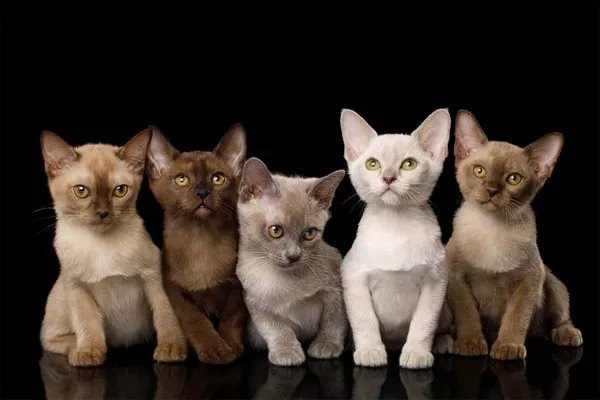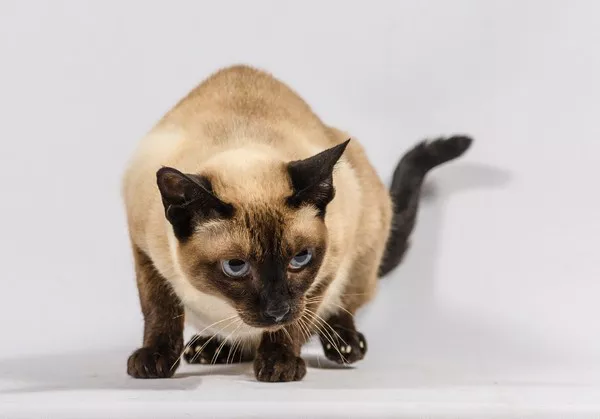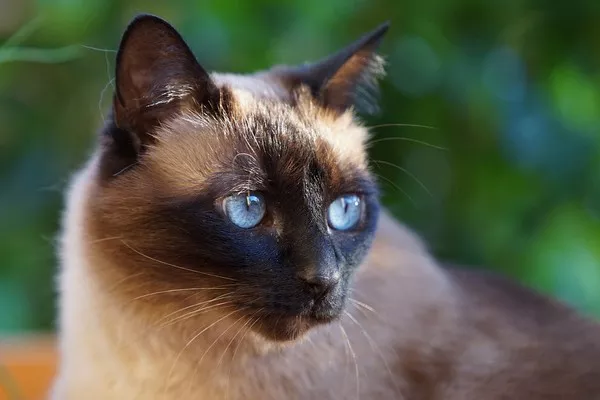Introduction:
Birman kittens, with their striking blue eyes, silky coat, and captivating presence, are undoubtedly a sought-after breed among cat enthusiasts. If you are considering adding a Birman kitten to your family, it’s important to understand the factors that contribute to their price range. In this article, we will explore the factors that influence the cost of Birman kittens and provide insights into what you can expect when seeking to purchase one of these precious feline companions.
Breeder Reputation and Quality:
One of the primary factors that affect the price of Birman kittens is the reputation and quality of the breeder. Established and reputable breeders who adhere to ethical breeding practices, prioritize the health and well-being of their cats, and work towards maintaining breed standards often charge higher prices for their kittens. These breeders invest significant time, effort, and resources into the care, socialization, and early development of their kittens, resulting in a higher price tag.
Pedigree and Lineage:
The lineage and pedigree of a Birman kitten can also impact its price. Kittens with champion bloodlines, show potential, or a long line of successful ancestors in the cat show world often command higher prices. These kittens are bred from carefully selected parents to preserve and improve the breed’s characteristics and are more likely to possess desirable traits and conformation.
Physical Attributes and Coat Color:
Certain physical attributes and coat colors may influence the price of a Birman kitten. Kittens with unique coat colors or patterns that are rarer within the breed, such as chocolate, lilac, or lynx points, may be priced higher due to their scarcity and demand. Additionally, kittens with exceptional markings, eye color, or overall appearance that closely align with the breed standard may be more expensive.
Age and Availability:
The age of a Birman kitten can affect its price. Younger kittens, particularly those that are only a few weeks old, may be priced higher than slightly older kittens. Availability can also influence the price, with kittens from litters with limited numbers or specific characteristics often commanding higher prices due to their desirability.
Geographic Location:
The cost of Birman kittens can vary based on geographic location. Prices may be higher in areas where there is greater demand or a limited number of reputable breeders. It is essential to research breeders in your area and consider any additional costs associated with transportation if you choose to purchase a kitten from a different location.
Budget Considerations:
When considering the cost of a Birman kitten, it is important to assess your budget and be prepared for additional expenses beyond the initial purchase price. Owning a kitten involves various costs, including vaccinations, spaying or neutering, microchipping, regular veterinary check-ups, grooming, food, toys, and supplies. Being financially prepared ensures that you can provide the necessary care and support for your new feline companion.
Conclusion:
Birman kittens are enchanting and cherished feline companions, and their price reflects the dedication, care, and breeding efforts of reputable breeders. The cost of a Birman kitten can vary based on factors such as breeder reputation, lineage, physical attributes, coat color, age, availability, and geographic location. It is crucial to research breeders thoroughly, consider your budget, and prioritize the health and well-being of the kitten when making a purchase. By understanding these factors, you can make an informed decision and embark on a joyful journey with your Birman kitten, knowing that you have provided a loving home for this precious and beautiful breed.


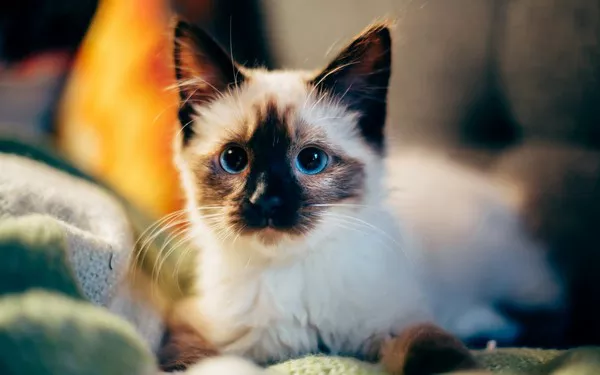
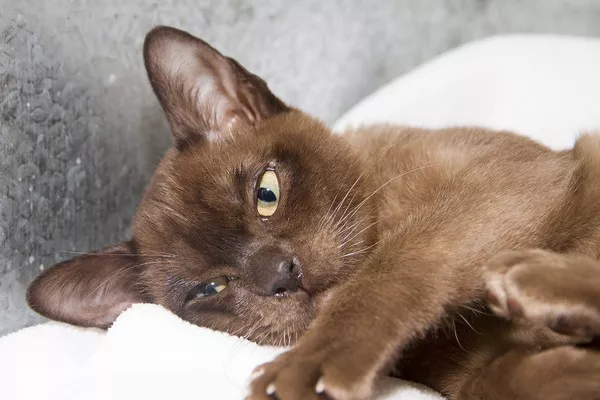


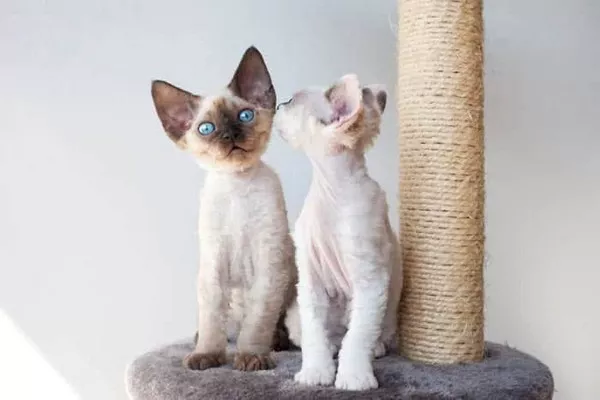

![Are Birman Cats Cuddly?[Revealed!]](https://www.catsmeowweb.com/wp-content/uploads/2023/06/birman-cat-26.webp)
